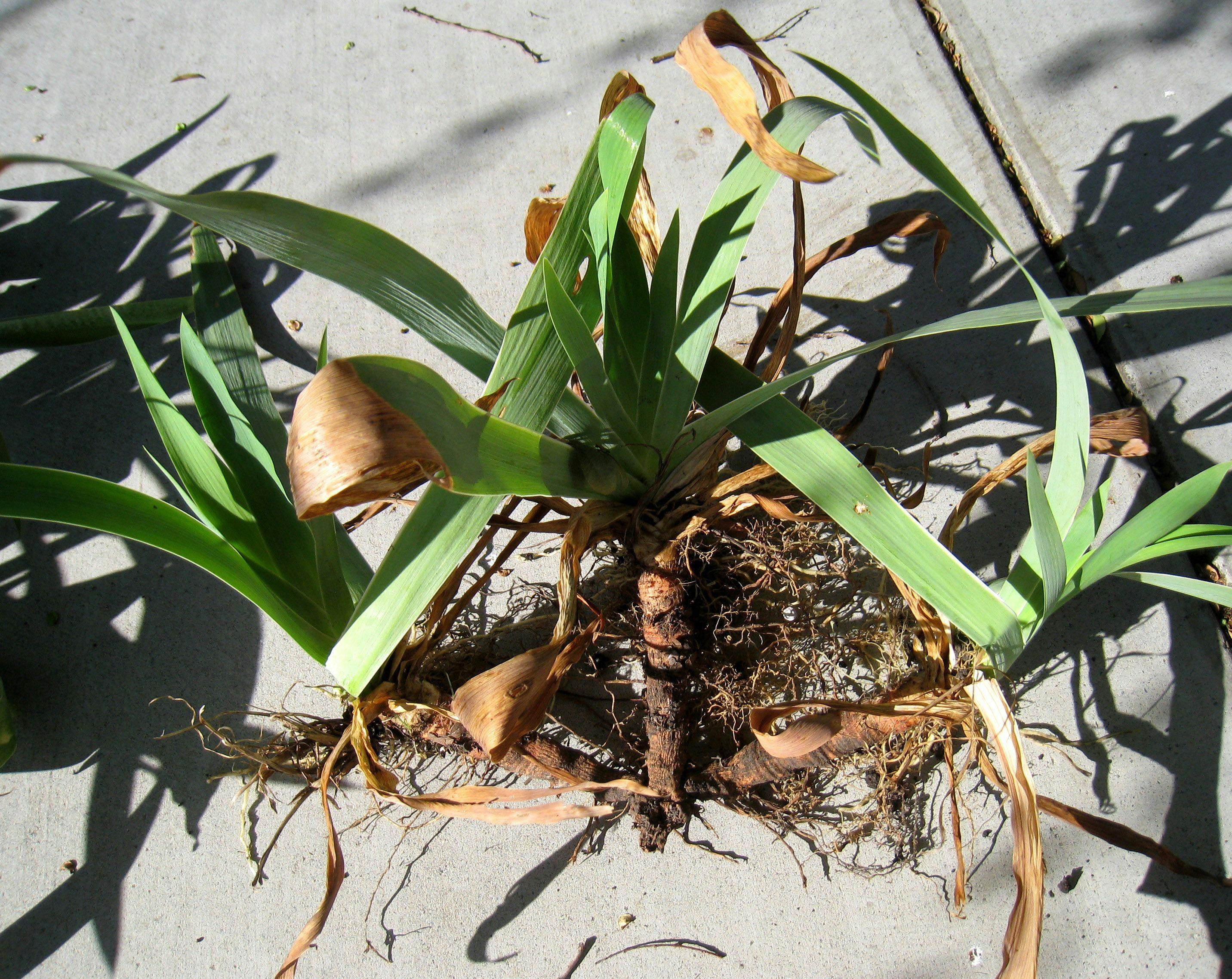
Dividing perennials is an easy and budget-friendly way to fill in garden gaps. It can also perk up perennials that aren't shining as bright as they used to. Spring and autumn are the best times to divide your perennials, setting them up for a healthy and thriving future.
When to divide perennials
Determining the right time to divide your plants depends on their blooming period. For summer-flowering plants, consider division during spring (March-May) or fall (September-November) when soil conditions are conducive. If the autumn is partiacularly wet, it's best to postpone division until the following spring. On the other hand, spring-blooming plants like irises thrive when divided in the summer months (June-August) post-bloom, as this is their prime root development period.
Determining the right time to divide your plants depends on their blooming period. For summer-flowering plants, consider division during spring (March-May) or fall (September-November) when soil conditions are conducive. If the autumn is partiacularly wet, it's best to postpone division until the following spring. On the other hand, spring-blooming plants like irises thrive when divided in the summer months (June-August) post-bloom, as this is their prime root development period.
Which plants can I divide?
Perennials are plants that hang around for years, with herbaceous types going strong for lots of seasons. That's different from annuals, which only last a year, and biennials, which live for two.
For perennials to stay healthy and full of life, it's a good idea to divide them every couple of years. But if you're keen on growing your plant collection through division, you can do it even more often.
Loads of plants are up for division. This includes Agapanthus, Anemone, Aster, Bergenia (elephant’s ears), Convallaria (lily-of-the-valley), Crocosmia, Dierama, Delphinium, Epimedium, Eryngium (sea holly), Euphorbia, Gentiana (gentian), Geranium, Helianthus, Hemerocallis (daylily), Hosta, Iris, Lychnis, Lysichiton, Lysimachia, ornamental grasses, Primula (primrose), Ranunculus (buttercup), Salvia, Sedum, Verbena, and Zantedeschia (arum lily). All these plant species are game for division, making it a breeze to spread more green in your garden.
How to divide perennial plants
Choose a time when the soil is dry. Use a garden fork to gently lift your plant to minimise root damage, and shake off extra soil to expose the roots.
Certain plants like Ajuga (bugle) generate individual offshoots that can be easily separated and replanted.
Small plants with fibrous roots such as Heuchera, Hosta, and Epimedium can be lifted and gently pulled apart to create smaller clumps ready for replanting.
For larger perennials with fibrous roots like Hemerocallis (daylily), use a pair of garden forks to divide the root mass into sections.
In some situations, a sharp knife, axe, or lawn edging iron might be necessary to split the clump.
Woody crowns like those of Helleborus, or fleshy roots like Delphinium, need to be cut with a spade or knife. Try to create clumps containing three to five healthy shoots.
For plants like Crocosmia and Dierama, dig down 30cm, lift the corms gently and replant them at their original depth. Discard any that appear unhealthy.
Divide your plants every 2-3 years as necessary to prevent overcrowding. Each new clump should ideally have 3-5 healthy shoots.
Remember, propagating perennials by division may seem harsh, but it's an effective way to rejuvenate plants, enhance the original plant's vigour, and increase your garden's variety at no extra cost.
Aftercare
Replant the divisions immediately, ensuring they're well-watered. You can place them back in their original location, adding a bit of garden compost or a different soil enhancer to enrich the ground.
Garden compost, made from decayed plant waste, is typically used to boost the fertility, structure, and moisture retention of the soil. On the other hand, seed or potting composts are used for nurturing seedlings or container plants. These composts are usually commercial, peat-free mixtures composed of loam, composted bark, coir, sand, and fertiliser, but you can also create your own blend.
Soil improvers, which include organic matter such as well-rotted manure, garden compost, or leaf mould, as well as non-organic substances like lime or gypsum, can be mixed into the soil to enhance its structure.
If you prefer, you can relocate the divisions to a new section of your garden. Alternatively, you can pot each division individually and let them grow in size, ensuring they are stored in a frost-free environment over winter.